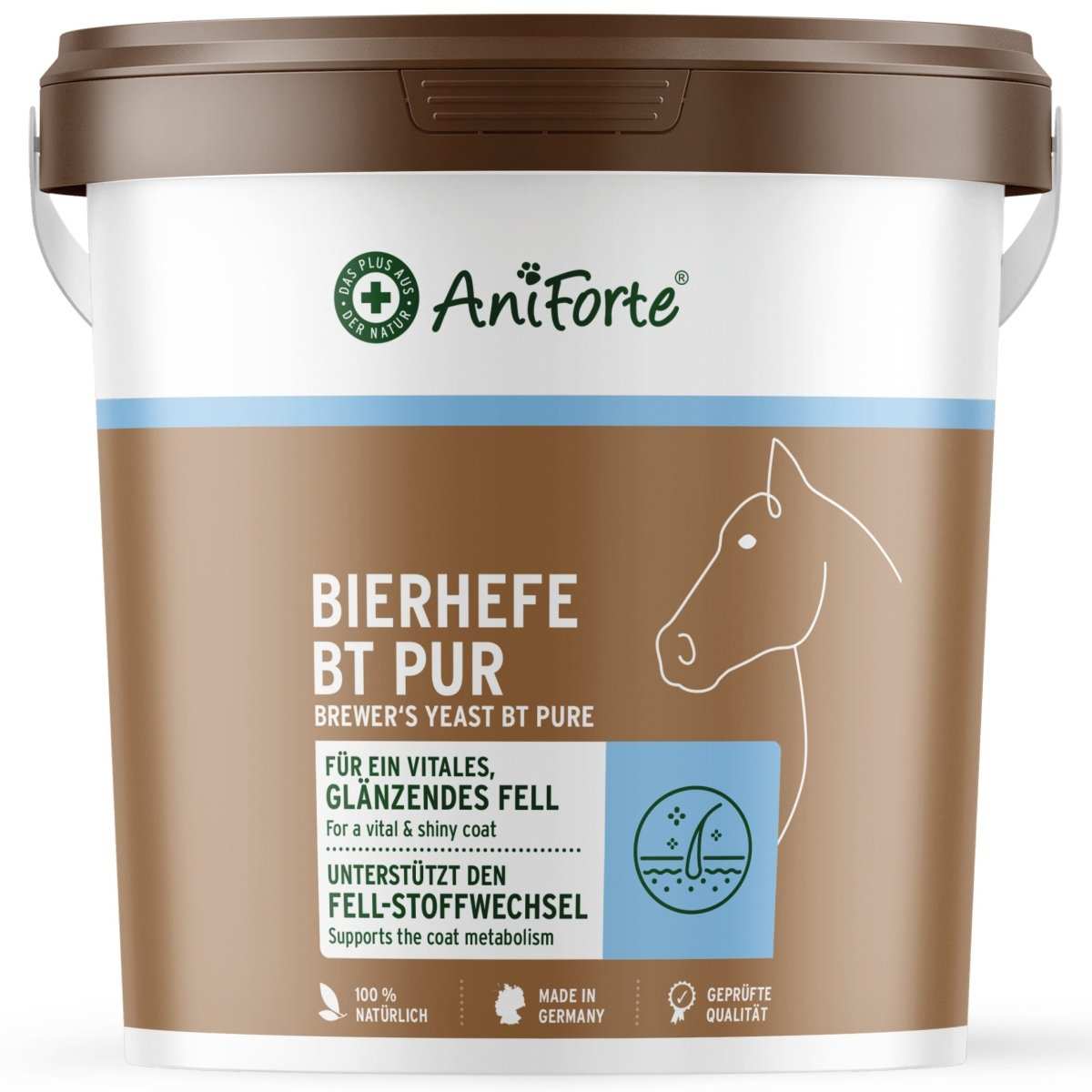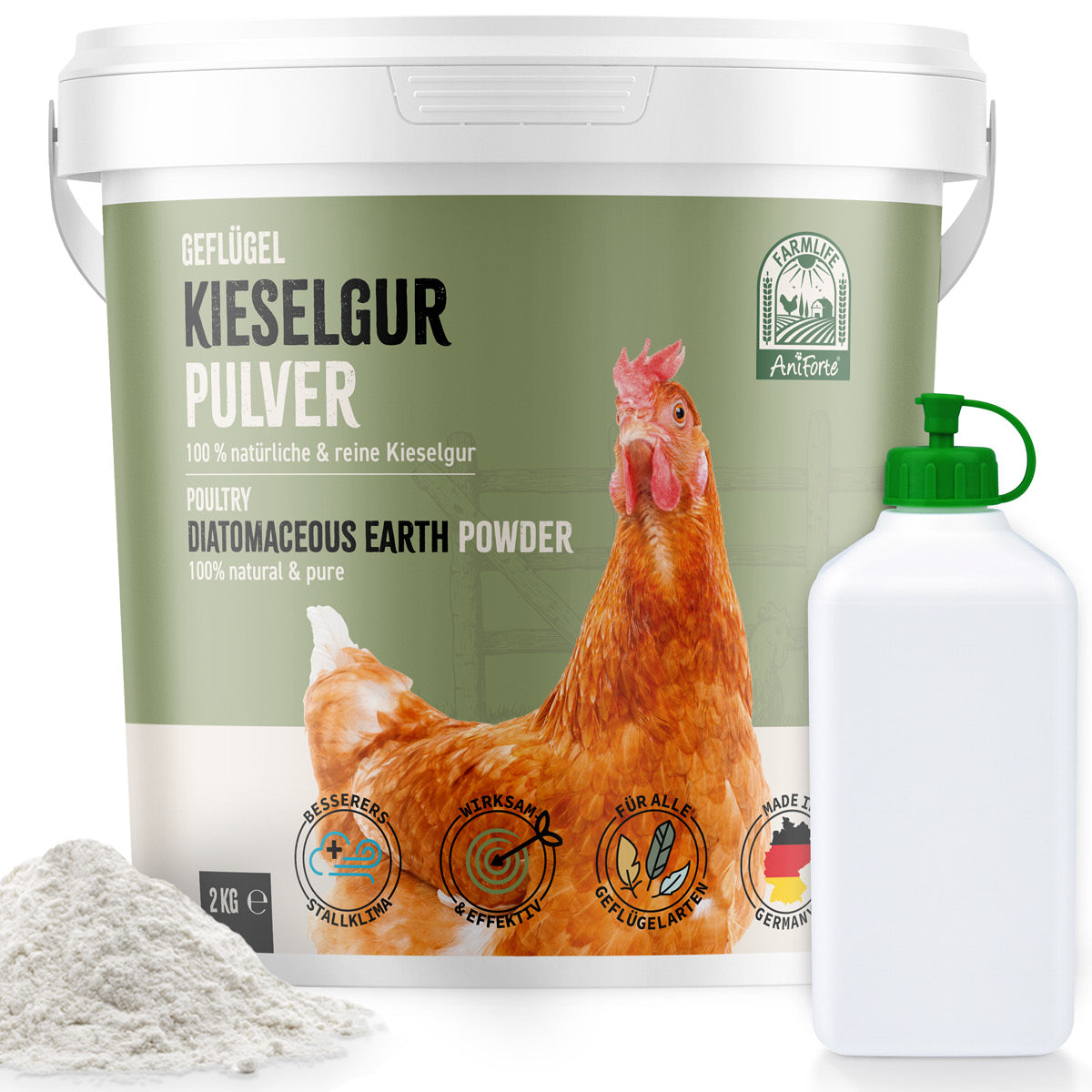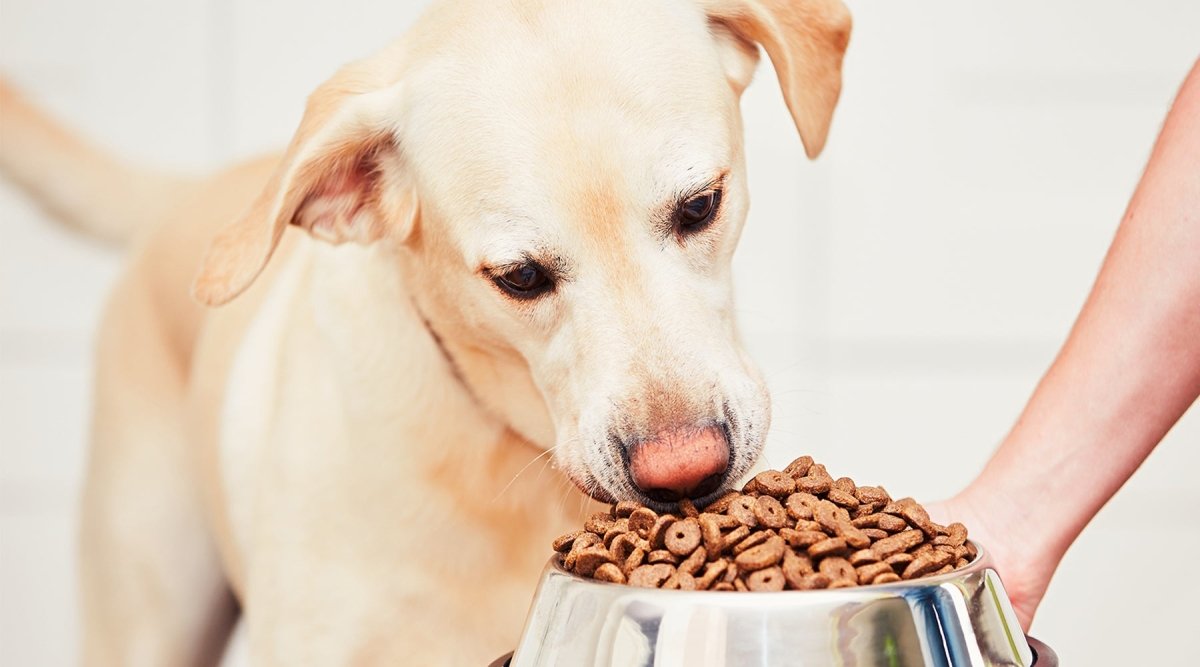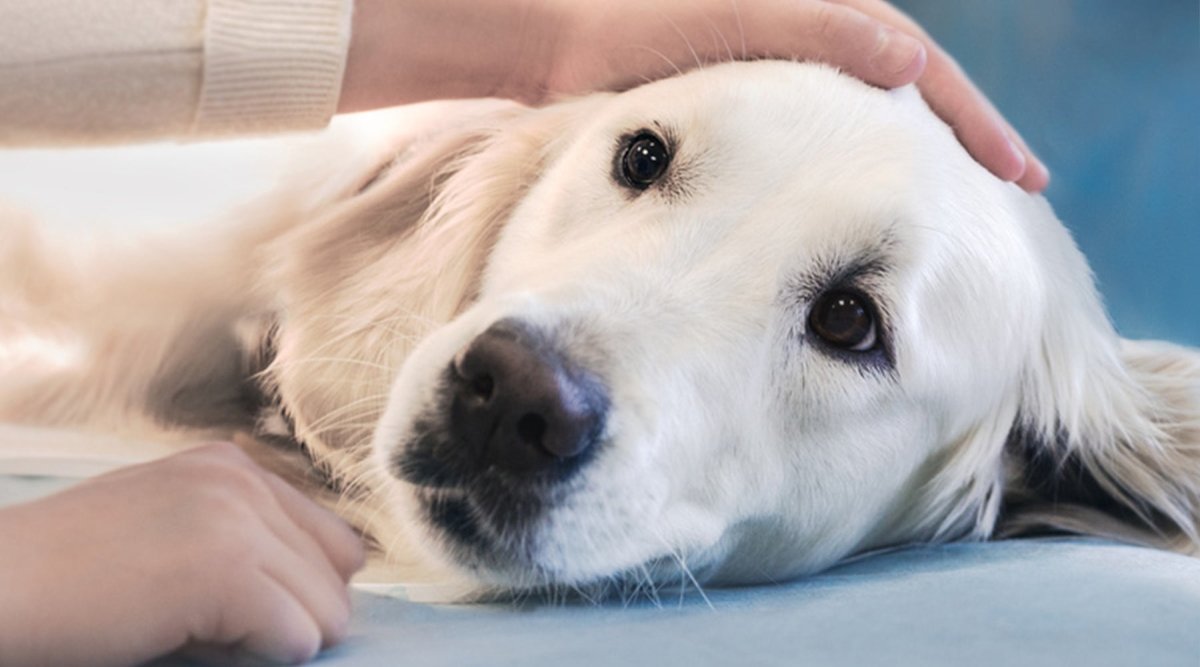The way to a dog and cat owner's heart is through their stomach. But even those who only want the best for their pet can reach their limits in the jungle of food declarations. Our veterinary practitioner Angelica has looked into the common labeling practices of feed manufacturers and has a few good tips to help you keep track of the ingredients.
What should be on a label?
If you want to keep your pet healthy and productive into old age, you automatically pay attention to its diet. Dog food and especially cat food should contain plenty of good meat, have an appetizing smell and look attractive. However, no pet owner wants additives, preservatives and colorants in their pet food. Synthetic vitamins are often still accepted to cover daily requirements. But that's where the jungle of labels begins - when it comes to vitamins, for example, there are natural alternatives that provide your pet with a better supply of vitamins.
But how do I read a label correctly?
A label must contain the following information:
● The name of the feed
● The best-before date or the date of manufacture
● The net weight
● The name and address of the manufacturer or supplier
● The moisture content (if the feed contains more than 14% moisture, e.g. canned feed)
● Ingredients (in open, semi-open or closed declaration)
● Batch number
● Feeding recommendation
Open, semi-open, closed - which declaration really helps you
As there is an obligation to declare pet food in Germany, manufacturers cannot avoid labeling the cans or bags accordingly. However, there are different methods of doing this.
The open declaration
Unfortunately, this form of labeling is rather uncommon, as it reveals the exact recipe of a feedstuff. All the individual ingredients are listed here in descending order. Some manufacturers also state exact percentages so as not to leave any questions unanswered.
The semi-open declaration
The ingredients are listed here in groups in descending order. You should make sure that you only buy food where all the percentages are clear. Example: Meat and animal by-products (25 % beef, 10 % poultry), vegetables (10 % carrots), cereals (5 % rice).
If only one percentage is given, you should be suspicious. If the only information given is, for example, 5% meat and animal products, you should immediately ask yourself what the 95% of unlabeled ingredients are made up of. A manufacturer who does not want to hide anything therefore always uses the open declaration method, including the percentages.
The closed declaration
With this method, only group names such as vegetables or minerals are mentioned. You do not receive precise information about the raw materials and the percentage composition of the pet food.
To summarize: If you have nothing to hide, you should provide percentage information - preferably in an open declaration. If you have a favorite food for your dog or cat and are unsure about the label, simply ask the manufacturer about the composition. Reputable companies offer this service to their customers.
What do the ingredients in dog food and cat food mean?
Even if a manufacturer discloses the list of measurable nutritional values, it remains a closed book for many dog and cat owners. What is behind the individual ingredients, do they come from a laboratory or are they natural ingredients?
Crude protein: Here you can find out the protein content of the food. Crude protein is a collective term for proteins, free amino acids and alkaloids. The proteins can be of animal, vegetable or technical origin. Animal proteins are more easily digested by your dog and cat than vegetable proteins.
Crude fat: This refers to the fat content. Fats are important in pet food. They provide your pet with energy and contain important components such as essential fatty acids. The energy content of the food can best be controlled via the fat content.
Crude ash: This is how you can recognize the content of mineral components. These are both minerals and sand. The value is determined by combustion. To do this, the feed is heated at 550 degrees for six hours.
The ash is then weighed. Only inorganic substances remain, i.e. trace elements, sand and minerals. This value should not exceed 10%, as ash contains no energy.
Crude fiber: This is vegetable fiber in the feed, for example cellulose. These are nutritionally important because such fibers stimulate intestinal activity and form the faeces. The content should not exceed 4%. Too much crude fiber leads to flatulence and large droppings, as a large proportion of the food cannot be digested.
Are there good and bad additives for dog and cat food?
There is great potential for concealment when it comes to additives in food. Manufacturers are only obliged to label the additives that they have added themselves. If certain substances were already contained in the raw materials that were processed, the buyer is not informed of this. If your dog or cat is allergic, this can quickly become a problem.
Otherwise, manufacturers are obliged to label the following substances
● Antioxidants: these prevent the fat from becoming rancid and smelling unpleasant. The synthetic antioxidants, BHA (=E 320), BHT (= E 321) and ethoxiquin (=E 324) are suspected of causing allergies. Even if this has not yet been scientifically proven. Incidentally, correct storage also protects against spoilage. The fat must be protected from heat and light and therefore stored in a cool place. This could theoretically reduce or avoid the addition of preservatives (especially in moist food).
● Vitamins and trace elements: All synthetically produced vitamins and trace elements are listed here. Only the fat-soluble vitamins A, D, E and the non-ferrous metal copper are subject to declaration. If, for example, vitamin A 5000 appears on the packaging, the product most probably contains all vitamins synthetically. Products with synthetic vitamins also regularly win feed tests. Why is this the case? Because they guarantee the dogs' supply in purely mathematical terms. Each pet owner should decide for themselves whether they are also healthy in the long term. We have already reported on the subject of synthetic vitamins.
● Emulsifiers, stabilizers, thickeners and gelling agents: They are intended to ensure the right consistency and make water and fat miscible, for example. These are usually gelatine, carrageenan (E 407), pectins (E 440), lecithin (E 322) or locust bean gum.
● Colorants: They are added for the human eye. Your dog or cat prefers the taste of good food to artificial colorings. Spice flavors that simulate natural coloring are another trick used by food manufacturers to suggest freshness. However, the color says little about the quality.
● Flavorings and appetite stimulants: As in human food, these are usually superfluous as they have no nutritional value. Nevertheless, glutamate, sugar, caramel and molasses, liver spray, yeast extract, fat flavoring or certain spices are also used in dog food, but especially in cat food.
● Acidity regulators: In excessive doses, these can sometimes have a laxative effect, e.g. sodium sulphate (E 514). However, they are usually harmless in pet food.
Read the small print on dog and cat food
Like many pet owners, you are no doubt now much more aware of the declarations on dog food. Manufacturers are also aware of this and important information is therefore often printed in small print. There is therefore a certain residual risk in feeding your dog or cat exclusively with artificial food. If you would like to avoid this, you can natural feeding or take the healthy middle way.
What experiences have you had with the declaration of dog or cat food? How do you try to counteract the manufacturers' tricks? Tell us about it in the comments.





